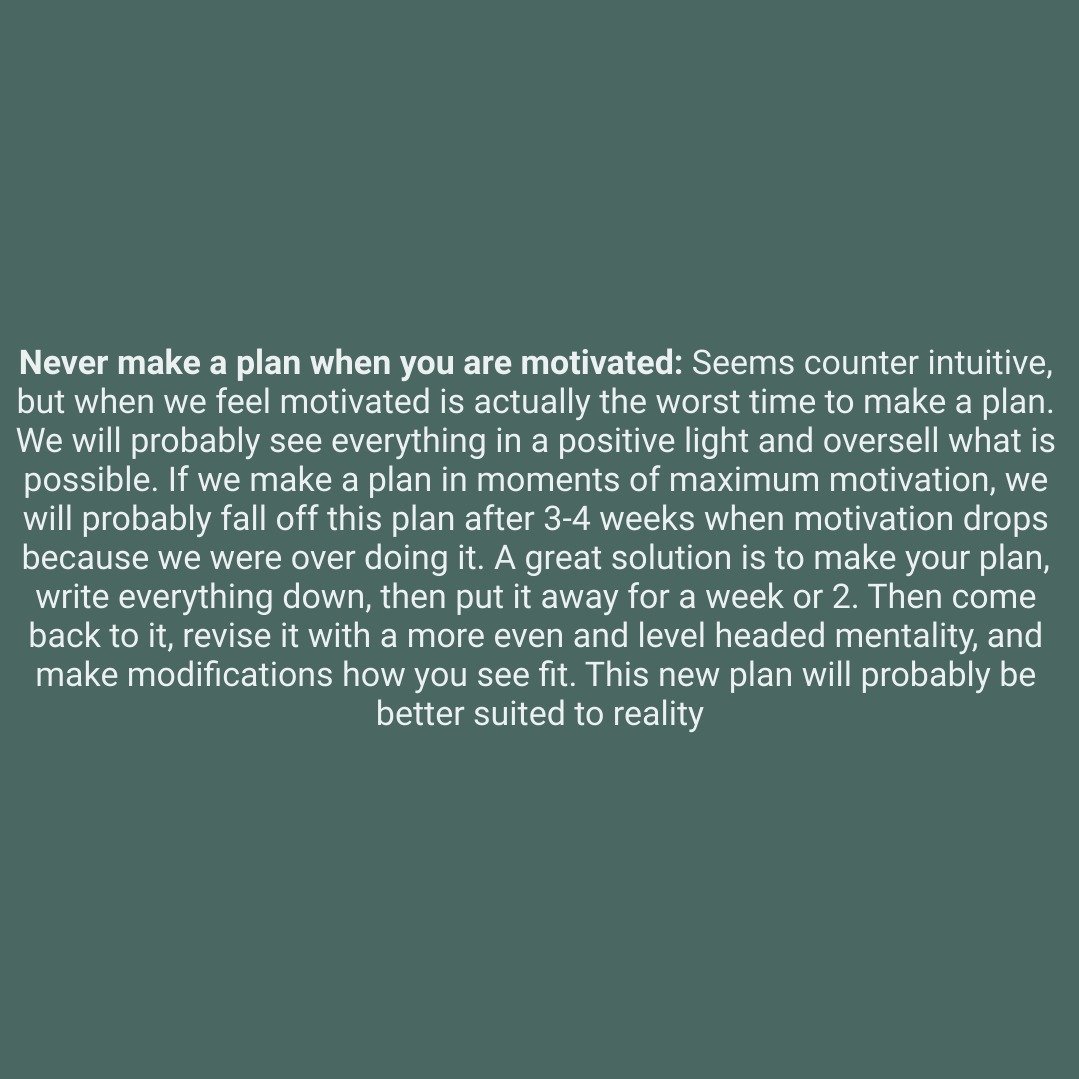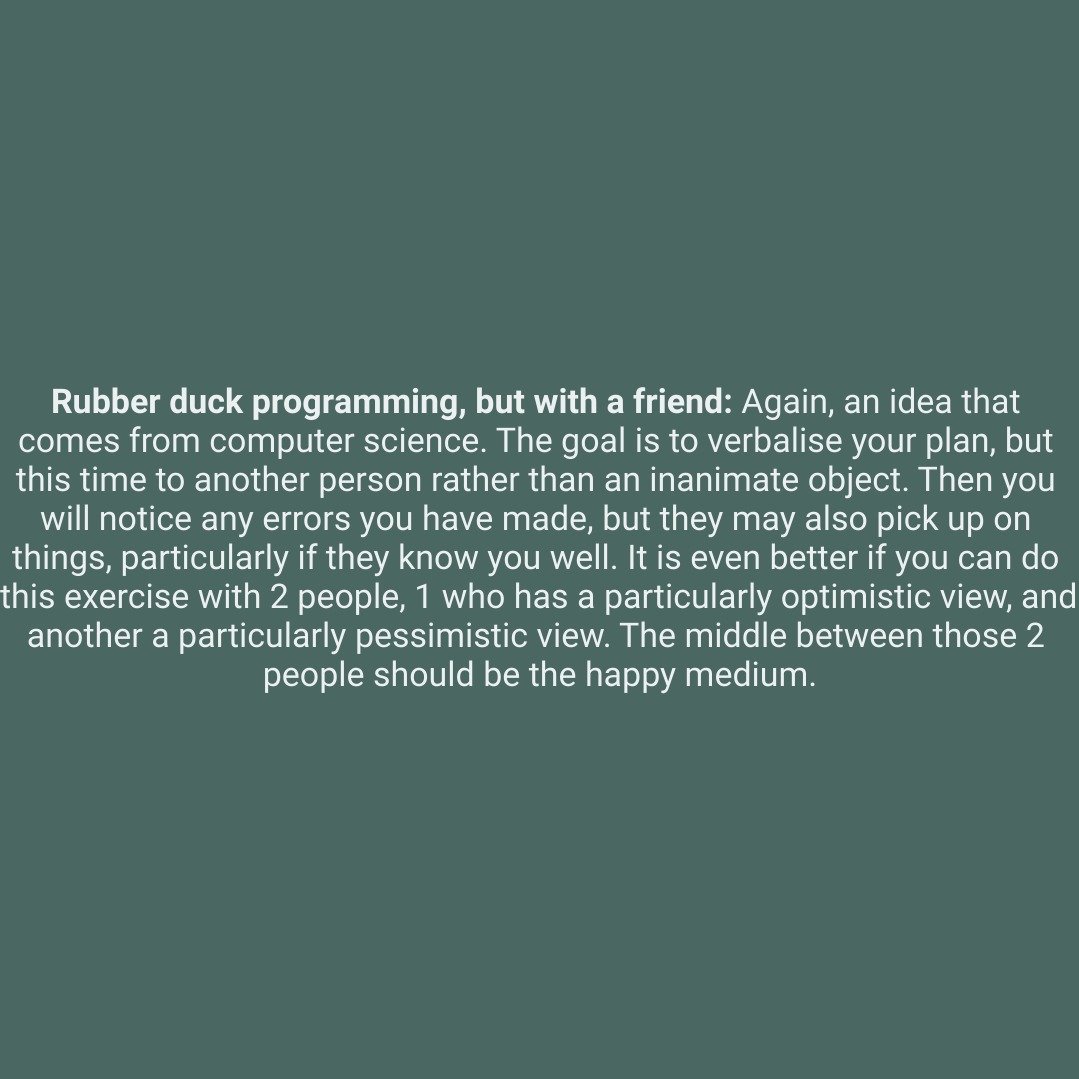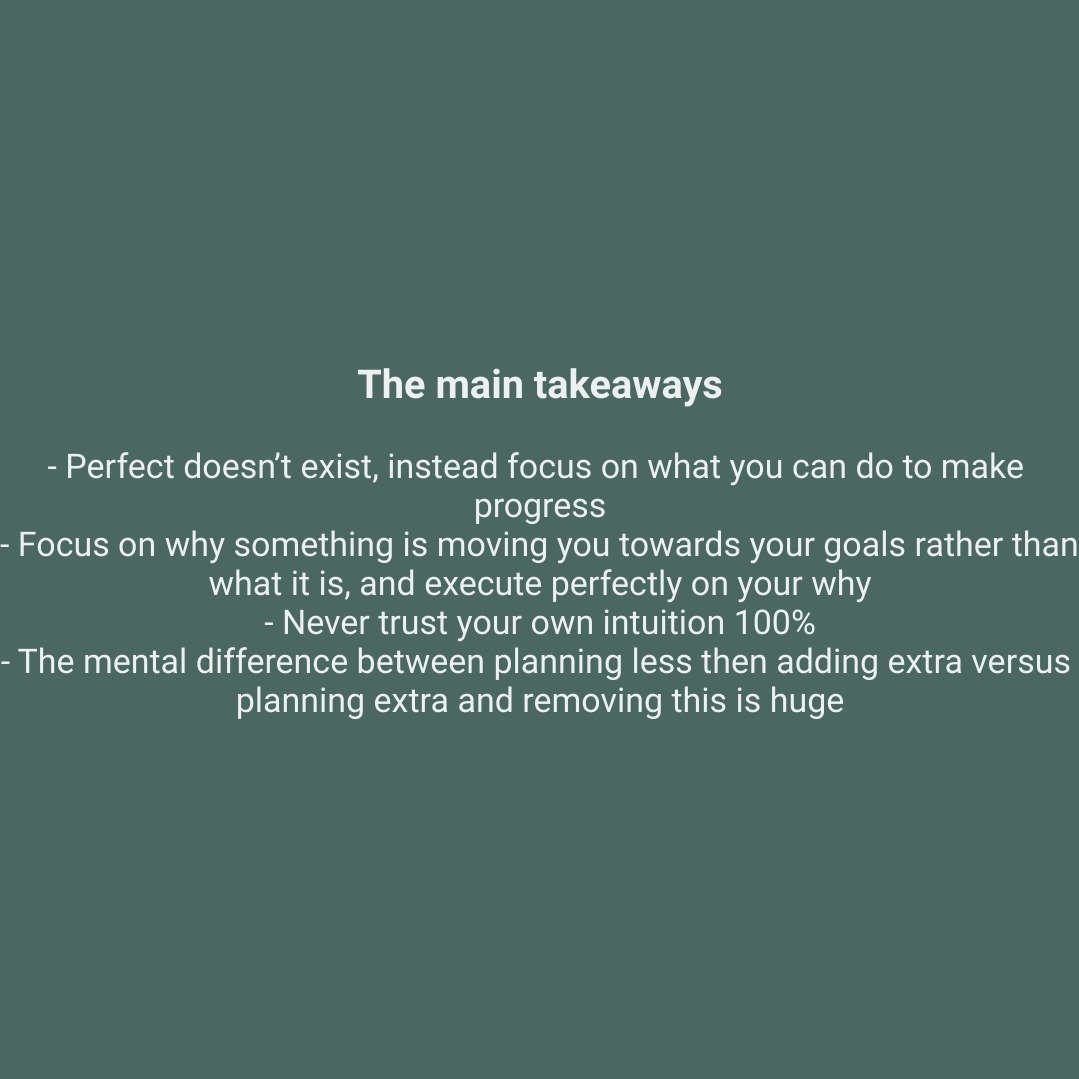Perfect is the enemy of progress
This cliche phrase is thrown around the engineering world, but also applies so clearly and easily to training and fitness. For many it may seem to be contradictory to their current viewpoint since so much of our culture is based around perfection. But in situations where going outside of your current capabilities, extending your limits, and creating stress to drive adaptations is required, perfection is actually a negative thing. In many cases “good enough” yields better results than perfect. This applies to all levels of training, from individual exercises to the full training plan. I may write another blog around individual exercises or work out intensity, but this one is about not letting the absence of the perfect timing or situation get in the way of doing what is good enough to make progress.
Just so we are on the same page, here is the definition I like to apply to training:
The problem with perfectionism in training
One reason that potential athletes give for delaying the start of their training is focusing on some defect, small or large, as to why they couldn’t follow a program as well as they think they should. So they do nothing rather than shifting the focus on what they can do to move them towards their goals.
There area few erroneous assumptions in this idea:
That the perfect situation exists: It’s impossible to have the perfect situation, especially when it comes to training. No matter what, things can always be better. Life is always changing and is variable so it is important to be able to adapt as things go.
What a perfect training plan actually is: Often the training plans of professional or very advanced athletes are used to judge what we “should” be doing. Or in other cases, trying to copy a friend who does the same sport. The problem is that training does not happen in a silo from the rest of life. So because everyone’s lifestyle, situation, and athletic background are different, that needs to be reflected in their training, even if the final objective is the same. There is no such thing as the absolutely perfect training plan, there is only a plan that works for you.
That only doing the absolute maximum is worth doing: Often the idea of an ideal training plan (which again, doesn’t exist) is intimidating, seems impossible, or is just unrealistic. So because we can not do what we consider to be the maximum possible, we consider it a defeat and not a goal we can currently pursue.
This is frequently used as an excuse in 2 cases;
Someone who doesn’t train as a reason why now is not a good time to start
An athlete that has an upcoming change in their life which requires them to train less than usual, so they stop completely
In both cases doing something is better than nothing, Because doing nothing means slipping backwards and moving further away from their goals rather than continually making small steps in the right direction. Perfectionism can be a beneficial quality in training, when canalised in the right direction. It is important to not consider what you are doing, but rather the why you are doing things, then perfectly execute the on the why. This allows you to focus on what is the plan that works for you, then applying your perfectionism to it the best you can, rather than having your perfectionism block you from even starting because of some arbitrary idea of what is ideal.
How can I identify what is the best plan for me?
Whatever our reason, this makes it difficult to identify the 3 main parameters we need to define in order to establish the best plan for us.
What our goals are
What are our physical limitations that need to adapt in order to reach these goals
What resources (time, energy, money, mental focus, concentration, etc.) do we have in order to work and drive these needed adaptations.
The percentage of the population who can be honest and real with themselves to correctly identify these 3 elements, as well as establish a plan to move forward is miniscule, almost negligible. As a coach, picking workouts is the easy part, most of my time, effort, and added value that I provide for athletes is helping them break things down to the essentials, and build a plan adapted for their personal answers for these 3 questions. Plus each week helping this plan flow and fluctuate as their life modifies and fluctuates, as is almost guaranteed to happen. The other aspect is helping them stay disciplined when motivation is not there, or stay reasonable when they are hyper motivated
This is the main reason that I work with other coaches for my own training. Personally I have a tendency to always work within my wheelhouse (short VO2 efforts and squats for reps forever!), plus doing more intensity work than is realistic for my available resources. Having another person to be accountable to, or just to bounce ideas off of is always a huge benefit to keeping things reasonable and effective in training.
If you don’t have a coach, don’t want a coach, or it isn’t possible for you right now, there are some things you can do to avoid some classic errors.
The main takeaways
There may be a couple different points that jumped out at you in the article. I wrote it from the aspect of not letting a misplaced pursuit of perfect get in the way of progress towards your fitness goals. But even if you do not have a tendency for perfectionism, the main takeaways can still be beneficial to you.
Perfect doesn’t exist, instead focus on what you can do to make progress
Focus on why something is moving you towards your goals rather than what it is, and execute perfectly on your why
Never trust your own intuition 100%, especially when you are feeling motivated. It’s always beneficial to add some for of double check or limitation to bring you back to reality.
The mental difference between planning less then adding extra versus planning extra and removing this is huge. Take advantage of it to get started and build momentum






